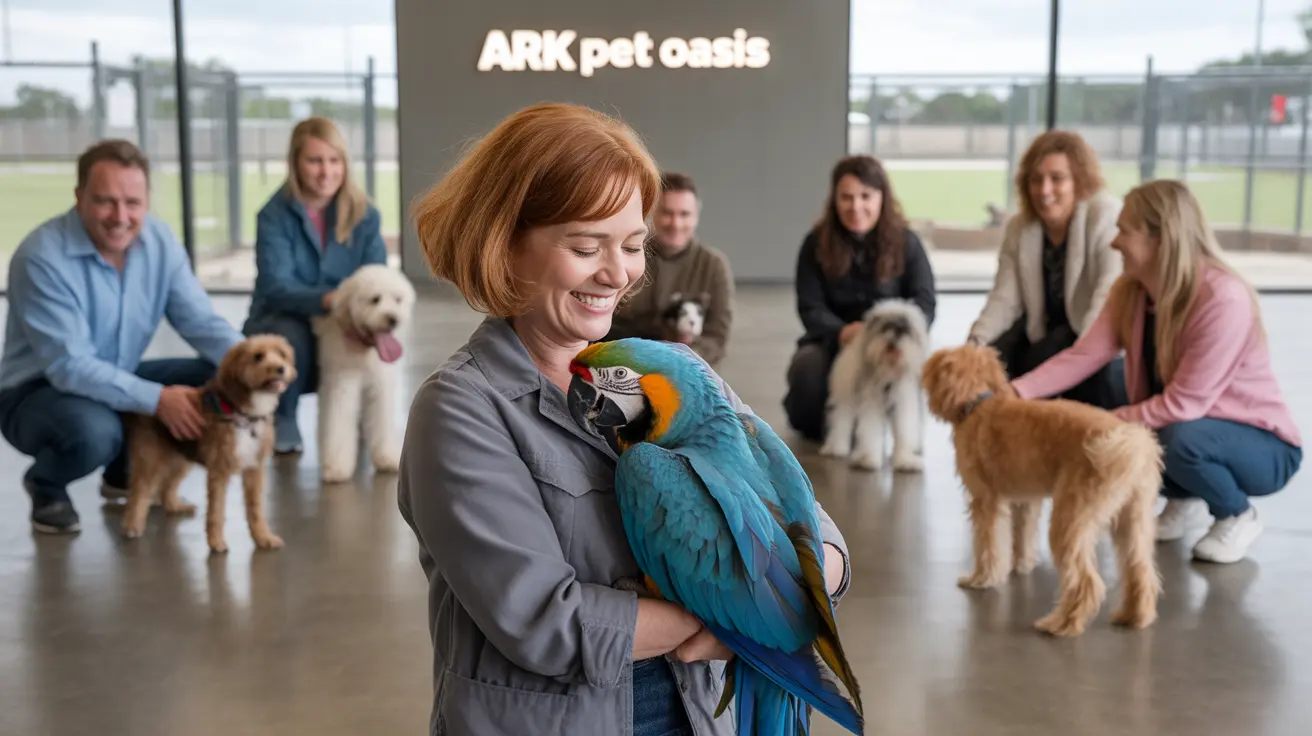When your feline friend undergoes spay surgery, proper post-operative care is crucial for ensuring a smooth and successful recovery. Understanding what to expect and how to provide the best care during your cat's healing process can significantly impact their comfort and recovery speed.
This comprehensive guide will walk you through everything you need to know about cat spay recovery, from immediate post-surgery care to long-term healing expectations.
First 24 Hours After Surgery: Critical Care Period
The initial 24-hour period after your cat returns home is crucial for recovery success. During this time, your cat will still be groggy from anesthesia and requires careful monitoring.
Essential Care Steps
- Keep your cat in a quiet, warm room away from other pets
- Provide small amounts of water and food once fully alert
- Monitor breathing and general responsiveness
- Ensure they have a clean, easily accessible litter box
Managing Your Cat's Recovery Environment
Creating the right environment is essential for your cat's healing process. Set up a dedicated recovery space that's quiet, comfortable, and free from hazards.
Remove access to high surfaces and block stairs to prevent jumping, which could strain the surgical site. Consider using a small room or large crate to restrict movement during the initial recovery period.
Monitoring the Surgical Site
Daily inspection of the incision site is crucial for detecting potential complications early. A healthy incision should appear clean and properly closed, with minimal redness.
Warning Signs to Watch For:
- Excessive swelling or redness
- Discharge or bleeding
- Opening of the surgical site
- Strong odors
- Persistent licking or scratching
Activity Restrictions and Exercise
Proper activity management is vital for preventing complications and ensuring proper healing. Most cats require 10-14 days of restricted activity following surgery.
Activity Guidelines:
- No jumping or running
- Prevent rough play with other pets
- Keep indoors only
- Use a carrier for necessary transportation
- Gradually increase activity only after veterinary approval
Pain Management and Medication
Your veterinarian will typically prescribe pain medication to keep your cat comfortable during recovery. It's essential to administer all medications exactly as prescribed, even if your cat appears to be feeling better.
Common Pain Management Protocols:
- Follow medication schedule strictly
- Monitor for side effects
- Never give human pain medications
- Contact your vet if pain seems uncontrolled
Frequently Asked Questions
How long does it typically take for a cat to fully recover after spaying surgery?
Most cats fully recover within 10-14 days after surgery. However, internal healing continues for several weeks, so gradual return to normal activity is recommended.
What are the most important signs to watch for at the spay incision site during my cat's recovery?
Monitor for excessive redness, swelling, discharge, or opening of the incision. The site should remain clean and dry, with minimal swelling that decreases over time.
How can I manage my cat's pain and keep her comfortable after spaying surgery?
Administer prescribed pain medications as directed, provide a quiet recovery space, and ensure easy access to essentials like food, water, and litter box. Use an E-collar if recommended by your vet.
When can my cat safely resume normal activities like jumping and playing after being spayed?
Most cats can return to normal activities after 10-14 days, following veterinary approval. Start with gentle activity and gradually increase based on your vet's recommendations.
What steps should I take at home to prevent my cat from licking or biting her spay incision?
Use an E-collar or surgical recovery suit as recommended by your vet, keep your cat confined to prevent excessive movement, and monitor the incision site regularly for signs of interference.
Ensuring Long-Term Recovery Success
Following proper post-operative care guidelines is essential for your cat's successful recovery from spay surgery. Always follow your veterinarian's specific instructions and don't hesitate to contact them with concerns during the recovery period.
With careful attention to these recovery guidelines and proper monitoring, most cats heal completely without complications and can return to their normal, active lives within two weeks of surgery.






